

BEIJING, April 5 -- A newly opened small museum on the campus of Japan's Kyushu University offers a glimpse to the heinous vivisection of U.S. war prisoners by the university's medical professors in 1945.
Xinhua reporters are on the way to see the exhibition, but a Kyodo report released Saturday said that two items on display are related to the dissection of eight U.S. airmen while they were still alive.
The victims were captured by Japanese soldiers when their B-29 bomber was shot down near the border between Kumamoto and Oita on the main island of Kyushu.
During the gruesome episode, professors instructed students of "key points" in each step while they injected diluted seawater into the veins of the U.S. prisoners and removed their lungs and other organs, according to the Kyodo dispatch.
All the eight U.S. soldiers died during the excruciating process.
"Seeing us in white robes, those U.S. airmen thought we were doctors to attend to their injuries. ... I guess they couldn't imagine they would be dissected alive even in their wildest dreams," according to the recount of a professor who took part in the murderous operation.
A professor involved in the vivisection killed himself after the war, and fourteen university members were convicted of war crimes with sentences such as death by hanging and life in prison, said the Kyodo report.
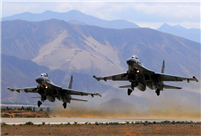 J-11 fighters in air exercise
J-11 fighters in air exercise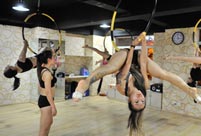 Beauties dancing on the rings
Beauties dancing on the rings Attendants-to-be join Mr. & Miss Campus Contest
Attendants-to-be join Mr. & Miss Campus Contest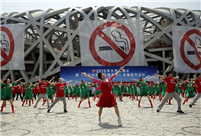 Beijing's toughest anti-smoking law takes effect
Beijing's toughest anti-smoking law takes effect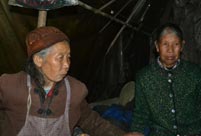 Family lives in cave for about 50 years in SW China
Family lives in cave for about 50 years in SW China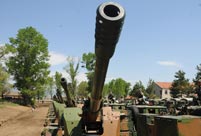 PLA soldiers operating vehicle-mounted guns in drill
PLA soldiers operating vehicle-mounted guns in drill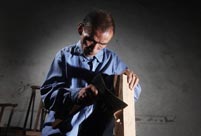 Blind carpenter in E China's Jiangxi
Blind carpenter in E China's Jiangxi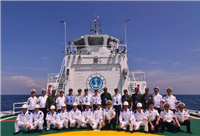 China hosts overseas disaster relief exercise for the first time
China hosts overseas disaster relief exercise for the first time 20 pairs of twins who will become flight attendants in Sichuan
20 pairs of twins who will become flight attendants in Sichuan Obama is sowing discontent in S.China Sea
Obama is sowing discontent in S.China Sea Rescuers work through night to reach cruise ship survivors
Rescuers work through night to reach cruise ship survivors Driving through limbo
Driving through limbo Facing down MERS
Facing down MERSDay|Week